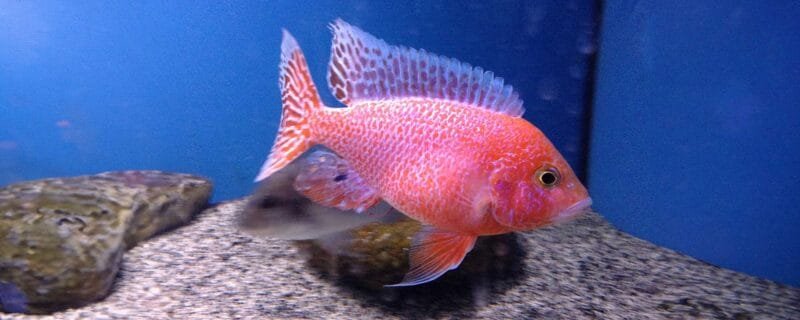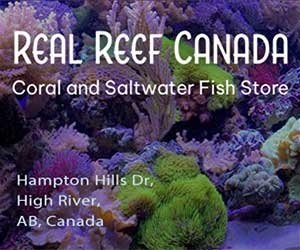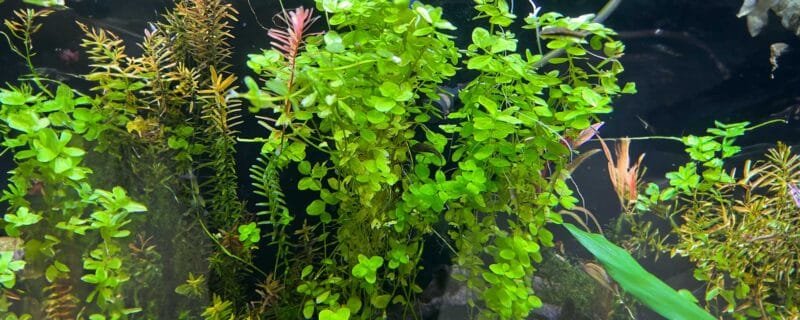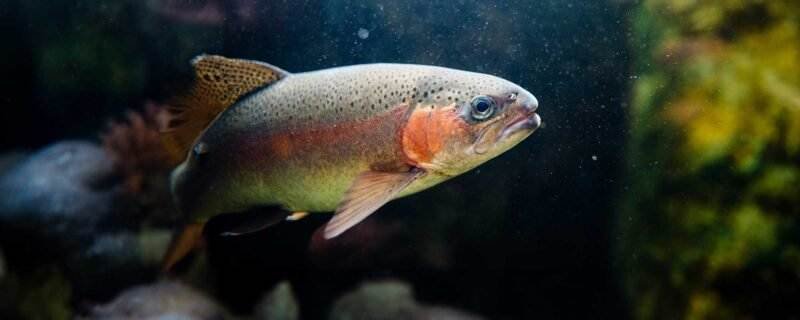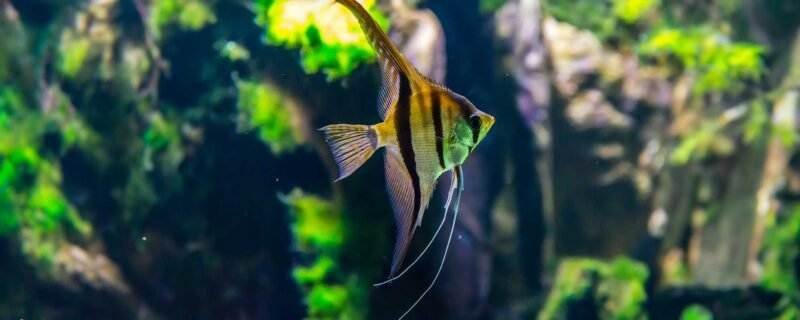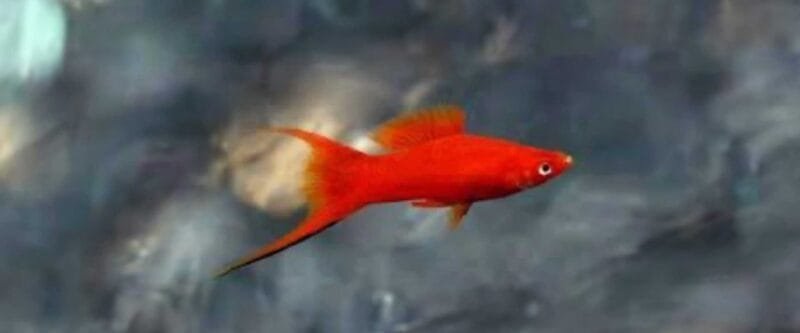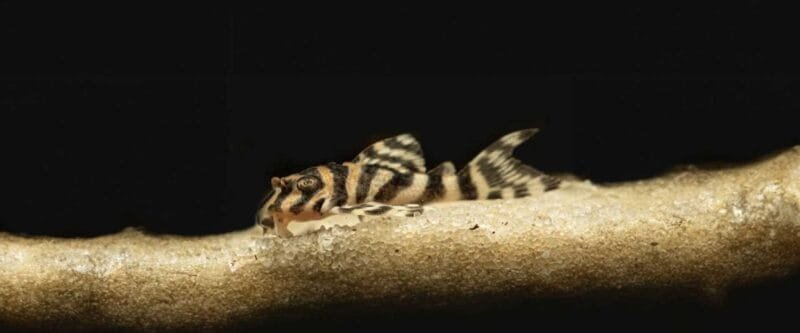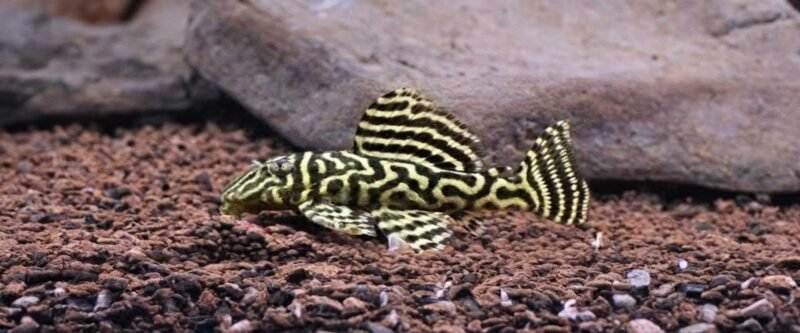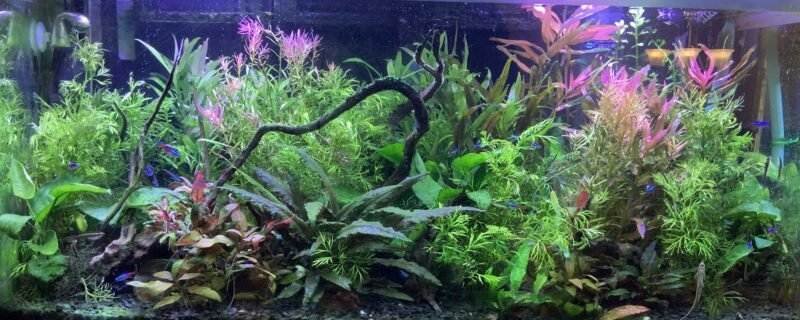In the diverse world of cichlids, the Neolamprologus multifasciatus, commonly known as the Shell Dweller or Multies, stands out for its fascinating behavior, compact size, and unique habitat requirements. This blog post explores the captivating life of Neolamprologus multifasciatus, offering insights into their care, breeding habits, and compatibility with other fish.
Latin Name and Common Name
The scientific name for this species is Neolamprologus multifasciatus, with the common name being Shell Dweller or Multies, referring to their distinctive habit of living in and around empty snail shells.
Native Habitat
Native to Lake Tanganyika in East Africa, Neolamprologus multifasciatus inhabits the sandy bottoms of the lake, where vast colonies of empty snail shells provide both shelter and breeding sites.
Size and Appearance
One of the smallest cichlids, adult Multies typically reach about 1.5 to 2 inches in length. They have a light, sandy-colored body with vertical stripes that provide camouflage among the shells and sandy substrate of their natural habitat.
Diet
Neolamprologus multifasciatus are omnivores with a preference for small invertebrates and zooplankton in the wild. In the aquarium, they thrive on a diet of high-quality cichlid pellets, brine shrimp, daphnia, and occasionally spirulina flakes to mimic their natural diet.
Sexing and Breeding
Sexing can be challenging due to their small size and subtle differences between sexes. Males are generally slightly larger and more colorful. Breeding is relatively straightforward in the right conditions, with females laying eggs inside snail shells, which are then guarded by the male.
Water Conditions and Habitat
These shell dwellers require water conditions that mimic their natural habitat in Lake Tanganyika: temperatures of 77°F to 82°F, a pH of 7.8 to 9.0, and hard water with high mineral content. A sandy substrate with an abundance of empty snail shells is essential for their well-being.
Ease of Care
Neolamprologus multifasciatus are considered to be of moderate care level, suitable for aquarists with some experience, especially in maintaining stable water chemistry and a species-appropriate environment.
Community Tank Compatibility
While peaceful with species that do not invade their territory, Multies can be territorial towards each other and similar bottom-dwelling fish. They are best kept with other fish that occupy different areas of the tank, such as open-water swimmers or rock dwellers from Lake Tanganyika.
Suitable Tank Mates
Good tank mates include small to medium-sized Tanganyikan cichlids, such as Cyprichromis species, which occupy the upper parts of the tank and do not compete for space on the bottom.
Species Variations
There are no significant species variations within Neolamprologus multifasciatus, but individual specimens may exhibit slight differences in size, color intensity, and stripe pattern.
Conclusion
Neolamprologus multifasciatus, with their unique lifestyle and intriguing behaviors, offer a glimpse into the complex social structures and natural beauty of Lake Tanganyika’s cichlid community. They require dedicated care to thrive but reward the attentive aquarist with a fascinating display of natural behavior and a peek into the evolutionary adaptations of one of the world’s oldest and most biodiverse lakes. Whether for a species-specific setup or a community tank with appropriate tank mates, Multies can add a unique dimension to the home aquarium.



